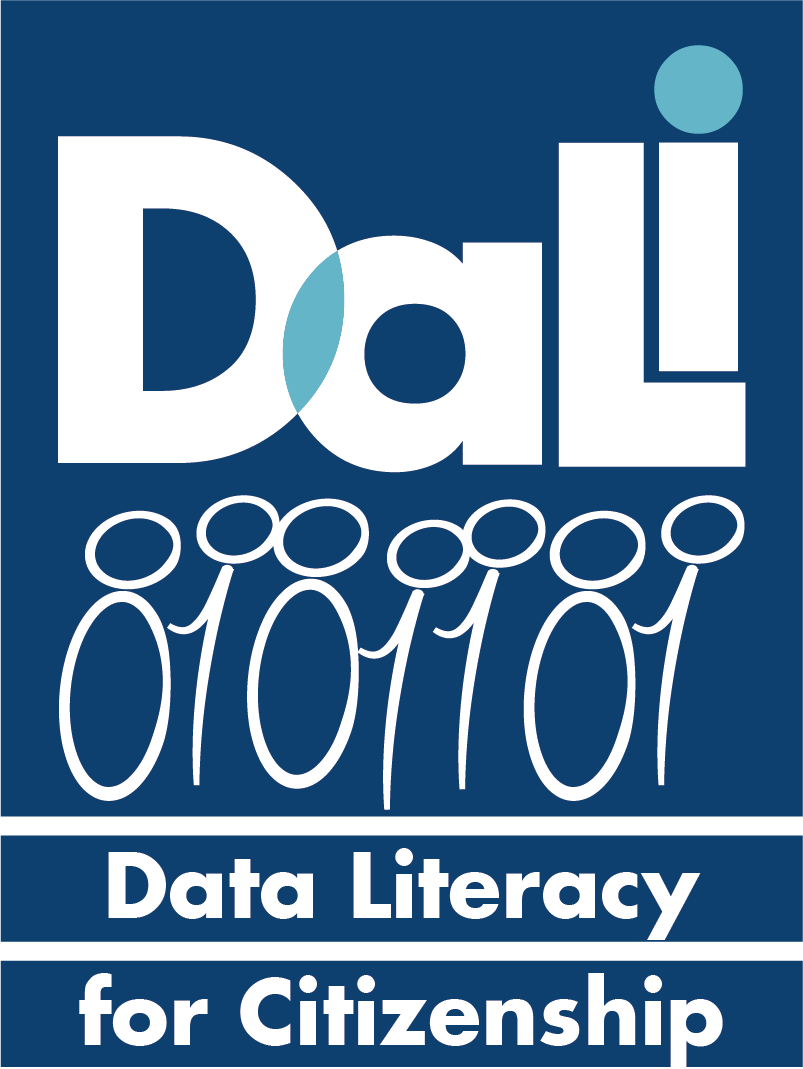1. Search for data or collect your own
You may use statistics offered by institutions (e.g. city councils, states, universities) or gather data yourself, for instance by quantifying yourself or your surroundings.
We propose you three possible themes but you are more than welcome to choose something else.
a) My City in Data
Here we invite you to find and visually represent some data about your city. It might be the city where you were born, or where you currently live, or where you have spent some part of your life.
Just some ideas: You can decide to focus on any kind of data on that city, such as the typical weather (e.g. as defined by number of sunny days), what its citizens think about certain topics (e.g. as indicated by some opinion survey) or even the most common type of lost property items found by relevant local authorities. Feel free to be as creative as you want!
b) My Country in Data
Here we invite you to find and visually represent data about your country, whether it is the place where you were born, where you currently live or where you have spent some part of your life.
Just some ideas: You could search for data that tells something about how society has evolved over the years (e.g. number of people in education, main sectors contributing to the economy). Or perhaps explore climate differences over time or across geography. Or compare some other aspect across populations (e.g. by age, education, professions) or regions. Feel free to be as creative as you want!
c) My Life in Data
Here we invite you to collect data about your everyday life.
Just some ideas: you could track things you do on a daily basis over a week (e.g. the number of cups of coffee vs tea you drank, the steps you walked or distance you drove, the time you spent checking social media, number of times you were asked to give away some personal data) or you could perhaps count the number of objects by colour in your favourite room.
2. Draw!
After finding the data you want to represent, print out the template and create a data visualization. Decide how to visually represent your chosen data and just draw it using your preferred tools (e.g. pencils, crayons).
Make sure you don’t just copy a graph from another website. Take a look at the following blog post to learn more about how to avoid copyright infringements when reusing data: Can I use other people’s data, graphs and diagrams?
And if you need some inspiration, we highly recommend you to take a look at the amazing drawings by Giorgia Lupi and Stefanie Posavec for My Dear Data, a year-long analog data drawing project.
3. Share your data visualization!
Now scan or take a photo of the template and share it on this website by clicking on “Post drawing“.
4. Why not repeating?
Consider trying again with a different theme or dataset and invite other peopler to participate.

